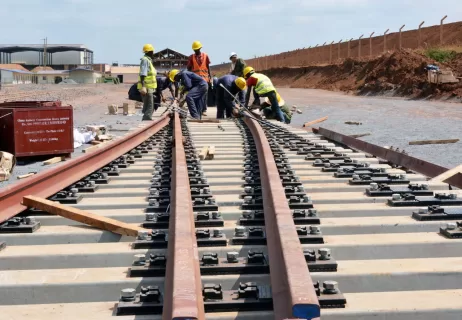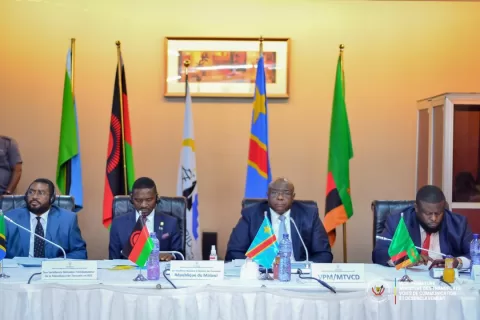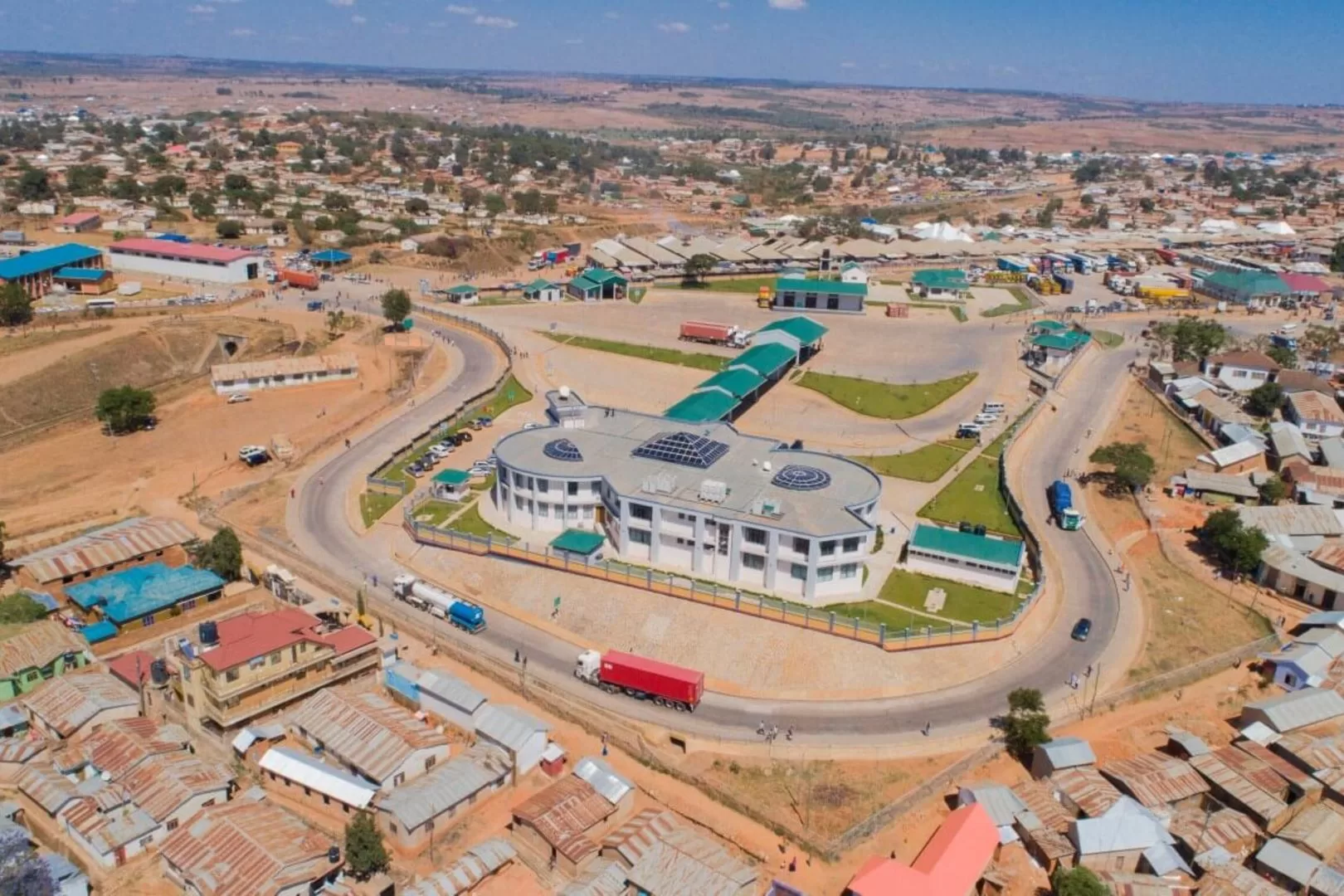Updated 18th August 2025 –Burundi has laid the foundation stone of the 282-kilometre (175 mile) railway. The standard gauge railway project in Musongati will be 160 kilometres southeast of the capital Bujumbura. Moreover, the rail network will form part of the Central Corridor which will be a strategic trade route connecting inland economies to the Port of Dar es Salaam. Tanzania has had previous success with its rail projects such as its standard gauge railway project.
November 2024 – According to recent insights, Zambia has officially become part of the Central Corridor project linking landlocked countries to the Indian Ocean. The corridor links these nations to the ocean through Tanzania. This significant feat has seen the corridor’s reach extend south beyond the East African Community (EAC) bloc. Zambia’s Minister of Transport and Logistics, Frank Museba Tayali noted that the nation had signed a formal membership. The deal was signed during a Council of Ministers meeting of the Central Corridor Transit Transport Facilitation Agency (CCTTFA).
The meeting included various dignitaries and member countries as it was held in Kinshasa, DRC. The CCTTFA member countries include Tanzania, which hosts the corridor’s only sea outlet to the port of Dar es Salaam. It also includes DR Congo, Burundi and Rwanda. Furthermore, it incorporates Malawi, which is the only other non-EAC member. The meeting in Kinshasa was attended physically by the transport ministers of the hosts. These include DR Congo, Zambia and Malawi. The other four nations attended virtually.
The State of Affairs Regarding the Central Corridor Project
The Central Corridor project and its counterpart, the Northern Corridor are proving to be quite vital for the continent. The Northern Corridor runs from the Kenyan port of Mombasa through Uganda, Burundi and South Sudan. It also includes the Democratic Republic of Congo. The corridor is elemental in promoting economic growth across the Eastern Africa region. The CCTTFA was established in 2006 as an integrated multimodal transport and logistics network. The aim of the project was to support coordinated efforts by its member states to ease and streamline transit between each other.

Moreover, CCTTFA high-level marketing meeting in Kinshasa also saw the DR Congo and Malawi sign a bilateral air service agreement. The agreement sought to enhance connectivity between the two countries. Additionally, the agency launched a new systems integration for data exchange with DR Congo’s General Directorate of Customs and Excise (DGDA). This seeks to improve data collection efficiency by reducing costs and streamlining the monitoring of transit traffic.
Read also: Northern Corridor Integration Projects Summit kicks off in Nairobi
The Significance of One of Africa’s Essential Projects
According to CCTTFA, the latest developments of the Central Corridor project will enhance the agency’s various missions. One of these is to strengthen economic activities along the corridor by simplifying customs preferences. It also seeks to reduce transit time and lower transport costs. “The inclusion of Zambia is expected to further strengthen the Central Corridor’s position as a preferred trade route for regional and international commerce,” the agency said in a statement. It added that the pact would allow Lusaka to formally integrate its transport infrastructure with the corridor.

It also noted that this would pave the way for enhanced trade flows and economic development through the region. Zambia is already closely linked with Tanzania through the Tazara railway from Dar es Salaam to Kapiri Mposhi. It is also linked to the DR Congo through the Copperbelt line. The country’s decision to become a full-fledged member of the CCTTFA could also have wider impacts on the success of other projects. One of these is the envisaged Lobito Corridor railway project. The enormous project is expected to traverse the southern part of the continent from Angola to Tanzania.
Read also:


Hello, sir.
Most of the information is online, you could click the external links for more insight.
Could You please send me the full text of the agreement as well as additional supplementary documents. This is for academic purposes.